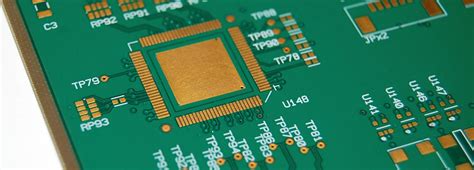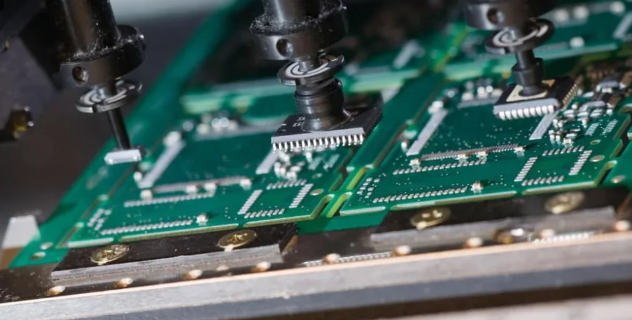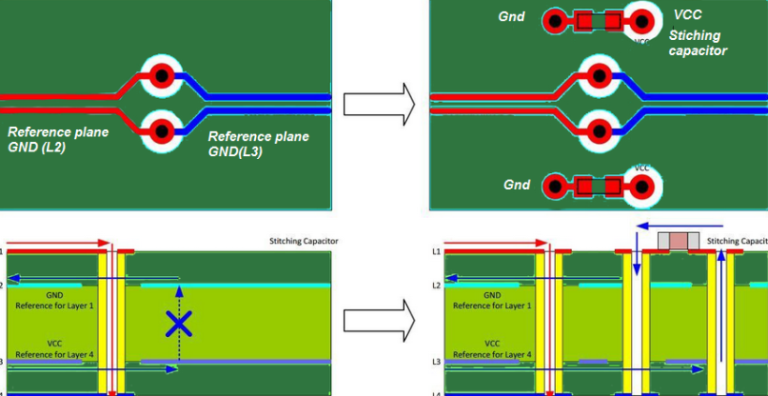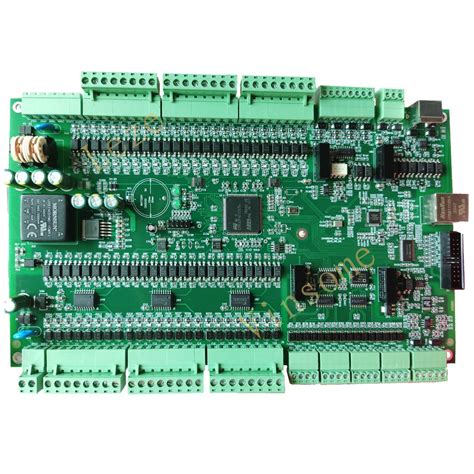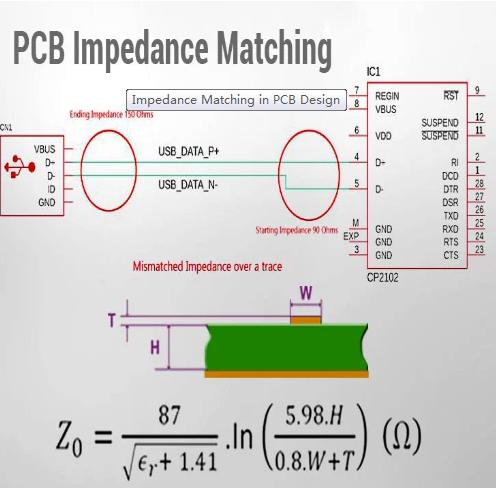What is a thermal pad pcb
Understanding The Basics Of Thermal Pads PCB Design
A thermal pad in printed circuit board (PCB) design is a crucial component that plays a significant role in managing heat dissipation, ensuring the reliability and longevity of electronic devices.
As electronic components become increasingly powerful and compact, the challenge of effectively managing heat becomes more pronounced.
Thermal pads serve as an essential solution to this challenge, providing a pathway for heat to be transferred away from sensitive components and dissipated into the surrounding environment.
To understand the importance of thermal pads, it is essential to first grasp the concept of thermal management in PCBs.
Electronic components generate heat during operation, and if this heat is not adequately managed, it can lead to overheating, which in turn can cause component failure, reduced performance, and even permanent damage to the PCB. Therefore, effective thermal management is critical to maintaining the functionality and reliability of electronic devices.
Thermal pads are typically made from materials with high thermal conductivity, such as silicone, graphite, or ceramic-filled polymers.
These materials are chosen for their ability to efficiently transfer heat from the heat-generating components to a heat sink or other cooling mechanisms. The thermal pad is placed between the component and the heat sink, filling any air gaps that may exist due to surface irregularities. This ensures maximum contact and efficient heat transfer, as air is a poor conductor of heat.
In addition to their thermal conductivity properties, thermal pads also provide electrical insulation.
This is particularly important in preventing short circuits and ensuring the safe operation of the electronic device. The dual functionality of thermal pads—providing both thermal conductivity and electrical insulation—makes them indispensable in modern PCB design.
The selection of an appropriate thermal pad involves considering several factors, including the thermal conductivity required, the thickness of the pad, and the operating temperature range of the device.
Engineers must carefully evaluate these parameters to ensure that the thermal pad meets the specific needs of the application. For instance, a higher thermal conductivity pad may be necessary for high-power applications, while a thinner pad may be suitable for applications with limited space.
Moreover, the installation process of thermal pads is relatively straightforward, which adds to their appeal. They can be easily cut to size and applied to the desired location on the PCB. This ease of use, combined with their effectiveness in thermal management, makes thermal pads a popular choice among engineers and designers.
It is also worth noting that thermal pads are not the only solution for thermal management in PCBs.
Other methods, such as thermal vias, heat sinks, and thermal interface materials (TIMs), are also commonly used. However, thermal pads offer a unique combination of simplicity, effectiveness, and versatility, making them a preferred option in many applications.
In conclusion, thermal pads are a fundamental component in PCB design, providing an efficient means of managing heat dissipation and ensuring the reliability of electronic devices. By understanding the basics of thermal pads and their role in thermal management, engineers can make informed decisions that enhance the performance and longevity of their designs. As electronic devices continue to evolve, the importance of effective thermal management solutions like thermal pads will only continue to grow.
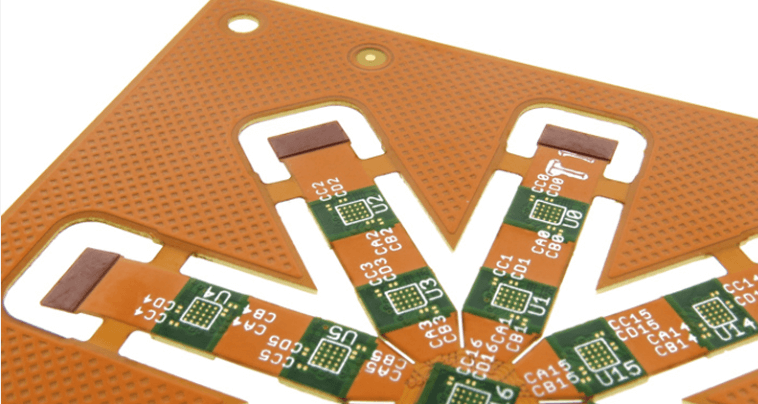
Benefits Of Using Thermal Pads In PCB Manufacturing
Thermal pads in PCB (Printed Circuit Board) manufacturing are essential components that play a crucial role in the efficient functioning of electronic devices. These pads are designed to facilitate the transfer of heat away from sensitive components, thereby ensuring optimal performance and longevity. The benefits of using thermal pads in PCB manufacturing are manifold, and understanding these advantages can provide valuable insights into why they are indispensable in modern electronics.
One of the primary benefits of thermal pads is their ability to enhance heat dissipation.
Electronic components, especially those in high-power applications, generate significant amounts of heat during operation. If this heat is not effectively managed, it can lead to overheating, which in turn can cause component failure or even permanent damage to the PCB. Thermal pads act as a bridge between the heat-generating components and the heat sinks or metal chassis, facilitating efficient heat transfer. This ensures that the components remain within their safe operating temperature range, thereby enhancing their reliability and performance.
In addition to improving heat dissipation, thermal pads also contribute to the overall mechanical stability of the PCB.
They provide a cushioning effect that helps to absorb mechanical stresses and vibrations, which are common in various applications, including automotive and industrial electronics. This cushioning effect not only protects the components from physical damage but also helps to maintain the integrity of the solder joints, which are critical for the electrical connectivity of the PCB. By mitigating the impact of mechanical stresses, thermal pads help to extend the lifespan of the PCB and its components.
Another significant advantage of using thermal pads is their versatility and ease of application.
Thermal pads are available in various thicknesses, sizes, and thermal conductivities, making them suitable for a wide range of applications. They can be easily cut to fit specific shapes and sizes, allowing for precise placement on the PCB. This flexibility ensures that thermal pads can be used in both standard and custom PCB designs, providing an effective thermal management solution for diverse electronic devices. Moreover, the application process of thermal pads is relatively straightforward, often involving simple adhesive backing that allows for quick and secure attachment to the components and heat sinks.
Furthermore, thermal pads offer excellent electrical insulation properties.
This is particularly important in applications where electrical isolation between components is required to prevent short circuits and other electrical issues. Thermal pads are typically made from materials that provide high dielectric strength, ensuring that they can effectively insulate components while still facilitating efficient heat transfer. This dual functionality of thermal pads makes them an ideal choice for applications where both thermal management and electrical insulation are critical.
In conclusion, the benefits of using thermal pads in PCB manufacturing are substantial and multifaceted.
They play a vital role in enhancing heat dissipation, improving mechanical stability, offering versatility and ease of application, and providing excellent electrical insulation. These advantages collectively contribute to the reliable and efficient performance of electronic devices, making thermal pads an indispensable component in modern PCB manufacturing. As electronic devices continue to evolve and become more complex, the importance of effective thermal management solutions like thermal pads will only continue to grow, underscoring their significance in the industry.
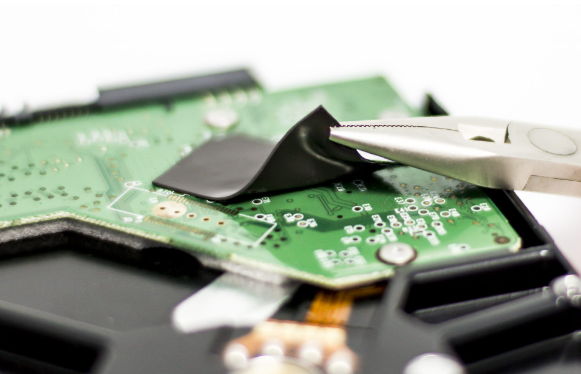
How To Choose The Right Thermal Pad For Your PCB
When designing printed circuit boards (PCBs), thermal management is a critical consideration to ensure the longevity and reliability of electronic components. One of the most effective methods for managing heat dissipation is the use of thermal pads. A thermal pad is a material placed between a heat-generating component and a heat sink or other cooling device. It facilitates the transfer of heat away from the component, thereby preventing overheating and potential damage. Choosing the right thermal pad for your PCB involves several key factors that must be carefully evaluated to achieve optimal performance.
Firstly, it is essential to consider the thermal conductivity of the pad.
Thermal conductivity, measured in watts per meter-kelvin (W/mK), indicates how efficiently the pad can transfer heat. Higher thermal conductivity values mean better heat transfer capabilities. For high-power applications, a thermal pad with a high thermal conductivity is crucial to ensure that heat is effectively dissipated. Conversely, for low-power applications, a pad with moderate thermal conductivity may suffice.
Another important factor is the thickness of the thermal pad.
The thickness can impact both the thermal resistance and the mechanical stability of the connection. Thicker pads may provide better mechanical cushioning and can accommodate variations in surface flatness between the component and the heat sink. However, they may also introduce higher thermal resistance, which can impede heat transfer. Therefore, it is important to strike a balance between thickness and thermal performance based on the specific requirements of your application.
The compressibility of the thermal pad is also a significant consideration.
Compressible thermal pads can conform to the surfaces they are placed between, filling in any microscopic gaps and ensuring better contact. This can enhance thermal transfer efficiency. However, excessive compressibility might lead to mechanical instability over time, especially in applications subject to vibration or thermal cycling. Therefore, selecting a pad with the right level of compressibility is crucial for maintaining both thermal and mechanical integrity.
Electrical insulation properties are another critical aspect to consider.
Many thermal pads are designed to be electrically insulating to prevent short circuits between components and heat sinks. This is particularly important in high-voltage applications where electrical isolation is necessary for safety and functionality. Ensuring that the thermal pad has adequate dielectric strength can prevent electrical failures and enhance the overall reliability of the PCB.
Additionally, the operating temperature range of the thermal pad must be compatible with the environmental conditions in which the PCB will operate.
Thermal pads are made from various materials, each with its own temperature tolerance. Selecting a pad that can withstand the maximum operating temperatures of your application without degrading is essential for long-term performance.
Lastly, ease of installation and reworkability should not be overlooked.
Some thermal pads come with adhesive backing, making them easier to apply, while others may require additional securing methods. The ability to easily remove and replace the thermal pad during maintenance or rework can also be a valuable feature, especially in complex assemblies.
In conclusion, choosing the right thermal pad for your PCB involves a careful evaluation of thermal conductivity, thickness, compressibility, electrical insulation properties, operating temperature range, and ease of installation. By considering these factors, you can ensure effective thermal management, thereby enhancing the performance and reliability of your electronic components.
Common Applications Of Thermal Pads In Electronics
Thermal pads are essential components in the realm of electronics, particularly when it comes to managing heat dissipation in printed circuit boards (PCBs). These pads are designed to fill the gaps between heat-generating components and heat sinks, thereby enhancing thermal conductivity and ensuring the efficient transfer of heat away from critical parts. Understanding the common applications of thermal pads in electronics can provide valuable insights into their significance and utility.
One of the primary applications of thermal pads is in the cooling of central processing units (CPUs) and graphics processing units (GPUs).
These components are known for generating substantial amounts of heat during operation, which, if not managed properly, can lead to thermal throttling or even permanent damage. By placing thermal pads between the CPU or GPU and the heat sink, the heat generated is effectively transferred to the heat sink, where it can be dissipated into the surrounding environment. This ensures that the processors operate within safe temperature ranges, thereby maintaining performance and longevity.
In addition to CPUs and GPUs, thermal pads are also commonly used in power electronics.
Power transistors, diodes, and other high-power components often require efficient thermal management to prevent overheating. Thermal pads serve as an interface material that bridges the gap between these components and their respective heat sinks or metal enclosures. This application is particularly crucial in power supplies, motor drives, and other industrial electronics where reliable thermal performance is paramount.
Another significant application of thermal pads is in LED lighting systems.
LEDs are known for their energy efficiency and long lifespan, but they also generate heat that must be managed to maintain performance and prevent degradation. Thermal pads are used to transfer heat from the LED chips to the heat sinks, ensuring that the LEDs operate at optimal temperatures. This not only enhances the performance of the LEDs but also extends their operational life, making thermal pads an indispensable component in modern lighting solutions.
Moreover, thermal pads find extensive use in consumer electronics, such as smartphones, tablets, and laptops.
These devices are becoming increasingly powerful, with higher processing capabilities and more compact designs. As a result, efficient thermal management is critical to prevent overheating and ensure user safety. Thermal pads are employed to manage the heat generated by processors, batteries, and other components, thereby maintaining device performance and reliability.
Furthermore, thermal pads are utilized in automotive electronics, where they play a crucial role in managing the heat generated by various electronic control units (ECUs) and sensors. The automotive industry demands high reliability and performance from its electronic systems, and thermal pads help achieve this by ensuring efficient heat dissipation. This application is particularly important in electric vehicles (EVs), where battery management systems and power electronics generate significant heat that must be effectively managed.
In telecommunications, thermal pads are used in base stations, routers, and other networking equipment.
These devices often operate continuously and generate substantial heat, which can affect performance and reliability. By using thermal pads, the heat generated by these components is efficiently transferred to heat sinks or chassis, ensuring stable operation and longevity.
In conclusion, thermal pads are vital components in various electronic applications, ranging from CPUs and GPUs to power electronics, LED lighting, consumer electronics, automotive systems, and telecommunications. Their ability to enhance thermal conductivity and manage heat dissipation is crucial for maintaining the performance, reliability, and longevity of electronic devices. As technology continues to advance, the importance of thermal pads in ensuring efficient thermal management will only grow, making them indispensable in the design and operation of modern electronic systems.


